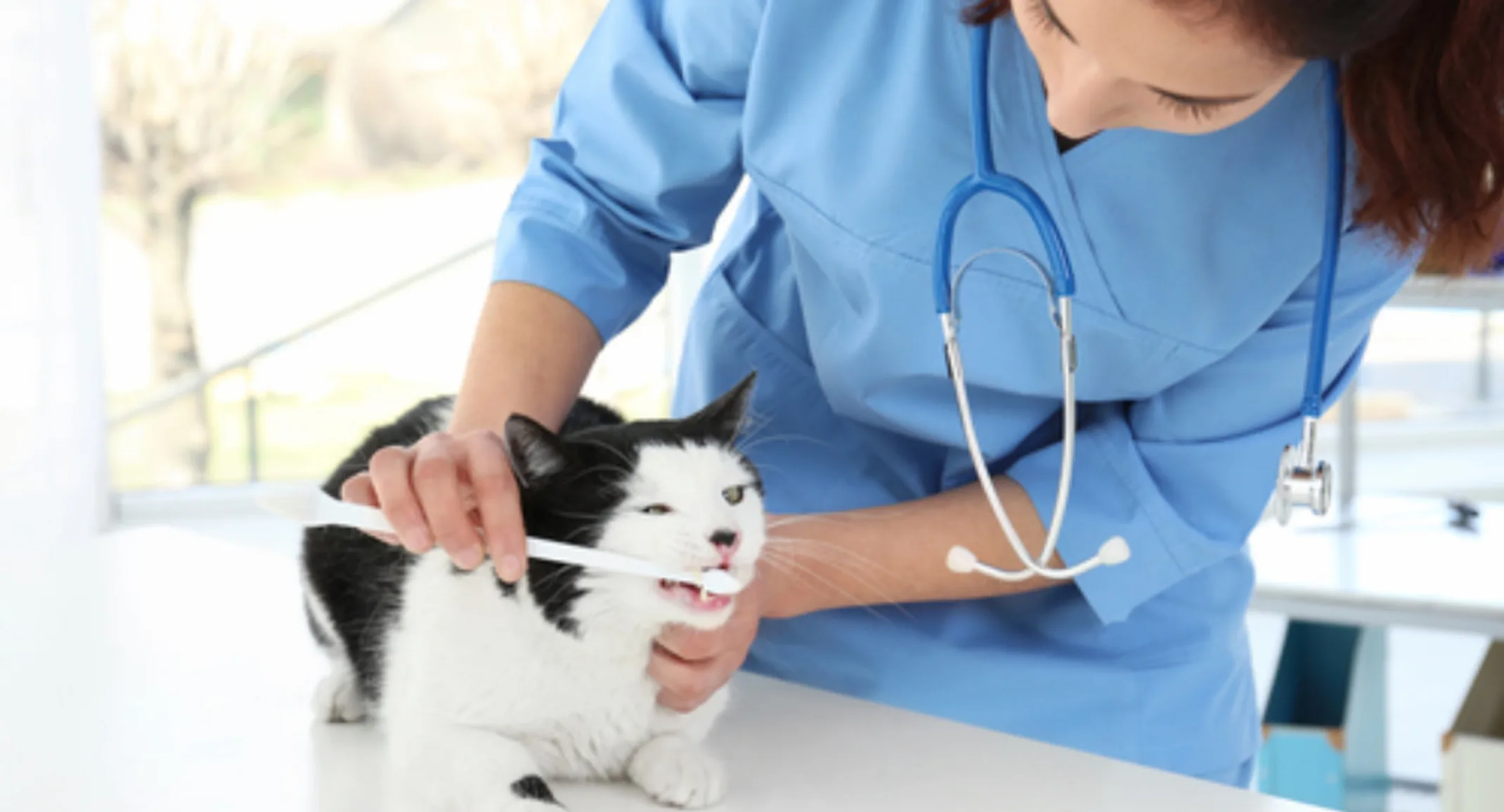Behind the Scenes of a Pet Dental Cleaning
For Pet Owners

Professional veterinary dental cleanings can mean a lot of different things to a lot of different people, so a clear understanding of what’s involved and what to expect during your pet’s dental cleaning at Dove Mountain Veterinary is important.
Why pet dental cleanings are crucial to overall health
By 3 years of age, most dogs and cats already have early stage periodontal disease, because bacteria from plaque and tartar creep below the gum line and cause inflammation, which slowly worsens, and results in significant pain, bone erosion, tooth decay, and eventual tooth loss in your pet. Severe periodontal disease can lead to irreversible heart, kidney, and liver damage from circulating bacteria.
Yearly anesthetized dental X-rays and cleanings at Dove Mountain Veterinary are the only way to effectively clean below the gum line where bacteria live, and halt or prevent the devastation of periodontal disease.
The routine pet dental—step by step
At Dove Mountain Veterinary, we prioritize patient safety and comfort at every step of the dental care process. Let’s take a closer look at what’s involved in a routine pet dental cleaning.
Your pet’s preanesthetic health screenings
Prior to your pet’s dental cleaning, we will recommend diagnostic screening tests based on your pet’s age and health. These tests typically include blood work (e.g., complete blood count and general chemistry), and may also include chest X-rays, an echocardiogram (ECG), and urinalysis.
Your pet’s preanesthetic assessment
Our veterinarian will review the test results and perform a physical exam, to ensure they are healthy enough for anesthesia. Vitals such as heart rate and rhythm, gum color, temperature, and respirations will be assessed and recorded, to establish a baseline or “normal” before any medications are administered.
Your pet’s anesthesia and monitoring
To decrease your pet’s stress and allow intravenous (IV) catheter placement, we will give a light sedative and pain medication to help them relax. After the IV catheter is placed, we will initiate general anesthesia, and then intubate and connect your pet to oxygen, anesthetic gas, and electronic monitoring equipment (e.g., pulse oximeter, ECG), once they are “under.” In addition, a dedicated veterinary technician anesthetist will observe your pet throughout the procedure.
Your pet’s dental X-rays
Similar to human dentists, Dove Mountain Veterinary uses intra-oral X-rays to look below the gum line and identify changes to the tooth’s internal structure, root, and surrounding bone, including:
Fractures
Unerupted teeth
Infection
Dental erosion
Bony erosion
Changes in bone structure, which may indicate cancer
Deteriorating or absent roots
Annual dental X-rays also help us identify subtle early changes and take proactive measures to save the affected tooth—an option that is impossible with only visual examination.
Your pet’s anesthetized exam
After reviewing the X-rays, our veterinarian will perform a full examination of the oral cavity, including each side of every tooth, the soft palate, under the tongue, and the visible portions of the airway, to look for abnormalities. Each tooth is charted and assessed, and these findings, along with the X-ray images, are used to design an individualized treatment plan.
Your pet’s dental scaling and polishing
After the exam, a veterinary technician will begin the cleaning portion of your pet’s dental procedure. Teeth are individually cleaned with an ultrasonic scaler that uses invisible soundwaves to break up plaque and tartar above and below the gum line. Next, the technician will polish the teeth—a critical step that ensures any microgrooves created by the scaling are smoothed out.
Your pet’s dental extractions
Ideally, your pet’s mouth will be in excellent condition, but if not, our veterinarian may recommend tooth extractions or therapeutic treatments, to protect vulnerable teeth. If extractions are necessary, your pet will first receive a local anesthetic to numb the area. Vitals such as heart and respiratory rate will be closely monitored for any sign of discomfort, and additional pain medicine given if necessary. Once the extraction or procedure is complete, any incised gums will be sutured closed with absorbable suture material.
Your pet’s recovery from dental anesthesia
To ensure your pet recovers comfortably, they will be transferred back to a warm cage lined with comfy blankets, and supervised by their technician anesthetist until they are awake and swallowing. At this point, the breathing tube will be gently removed, vitals recorded, and pain assessed. Once your pet is calm and relaxed, they will be allowed to recover in peace, with a circulating technician nearby.
Your pet’s discharge appointment and at-home care
Once your pet is fully awake and standing, they will be ready for discharge. When you return for your pet, we’ll review any extractions or procedures we performed, and discuss post-operative medications and care instructions, including:
Feeding only soft foods until the dental recheck in 7 to 10 days
No chewing of hard toys or bones
At this time, or at the dental recheck, our team will discuss at-home dental care methods for maintaining your pet’s oral health, such as:
Proper toothbrushing technique and supplies
Safe chew toy options
Dental diets and water additives
As an accredited American Animal Hospital Association (AAHA) member, Dove Mountain Veterinary upholds the highest standards of patient care, to ensure your dog or cat lives a long and healthy life—and we love to talk about them. Contact us for any additional questions about dental cleanings, or to schedule your pet’s dental health evaluation.
